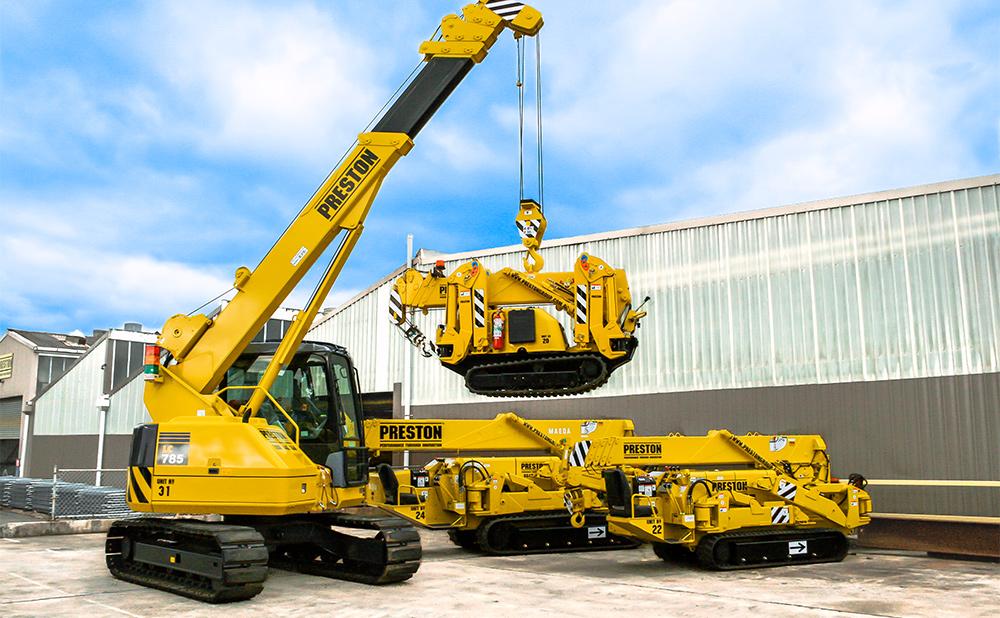As the cold season is coming to a close and temperatures are starting to rise, keeping cool is a primary concern that industries would want to prioritize. With this, a cooling tower is advantageous not only to businesses but also to communities.
Here is a guide to get you informed about what a cooling tower is, what it does, its different types, and the benefits it can bring to your business.
Table of Contents
What Is a Cooling Tower?
A cooling tower is a structure that is classified as a particular type of heat exchanger. It removes heat from water outsourced to it, using heat loss through evaporation as the water comes in contact with steam. Water cooling also occurs when heat transfers between air and water whenever there is a temperature difference.
Simply saying, an industrial cooling tower cools down water that is used in industrial equipment processes.
These cooling towers are primarily used for removing heat from buildings. These structures are also used to aid processes in power plants, petroleum refineries, and other manufacturing businesses that are at risk of overheating and may pose huge risks if not kept under normal temperature levels.
It is essential to understand cooling water towers according to their type and their different functions and purposes.
What Are the Types of Cooling Water Systems?
Types of cooling water systems vary depending on their specific purposes. There is no one-size-fits-all cooling tower. It has to be specialized depending on the application or industrial process. The different types of cooling water systems are the following:
Crossflow Cooling Tower
Crossflow cooling towers utilize a splash fill mechanism that allows air to move horizontally over water steam from the upper reservoirs. Crossflow cooling systems have some of the most expensive equipment, yet they are the easiest to manage and maintain.
Counterflow Cooling Tower
A counterflow cooling tower works the opposite way as that of a crossflow type – it turns the air from horizontal to vertical flow beneath its fill media.
Counterflow cooling towers are lower in height and more compact to provide excellent access to the cold water basin. This type of cooling tower is more advantageous for industrial infrastructures with limited space, as it can serve better in tighter areas that require lower operating weight.
Hyperbolic Cooling Tower
A Hyperbolic cooling system is known to be well-built and only require several resources at a minimum. Although they need fewer resources, hyperbolic cooling towers efficiently manage large-scale industrial operations that involve enormous power or chemical plants.
What’s unique about these systems is their use of the “chimney stacking technique“- this allows the outside air(cooler air) to push warmer air into the tower. Its splash fill is placed at the bottom part of the tower. Water that is sprayed over the tower is converted into cool water by the upward-flowing motion of air.
It is also noteworthy to include two varieties of cooling towers classified by airflow: induced draft cooling towers and passive draft cooling towers.
Induced Draft Cooling Tower
This type of mechanical draft cooling tower maximizes the usage of one or more fans located at the topmost part of the tower. These fans draw the air upwards against the water’s opposite downward flow, which passes around the wooden deck.
Passive Draft Cooling Tower
Also known as natural draft cooling towers, this type combines the upward motion of warm air in a vertical chimney structure to pull air throughout the tower. Hyperbolic towers are always a passive draft, while counterflow or crossflow cooling towers may have as an option a passive draft cooling system for their operations.
Takeaway
Although there is a lot of information about cooling towers, it might be overwhelming. Still, it is vital to keep abreast of what type of cooling tower matches your operational processes, and if it falls within the industry that you belong to.





